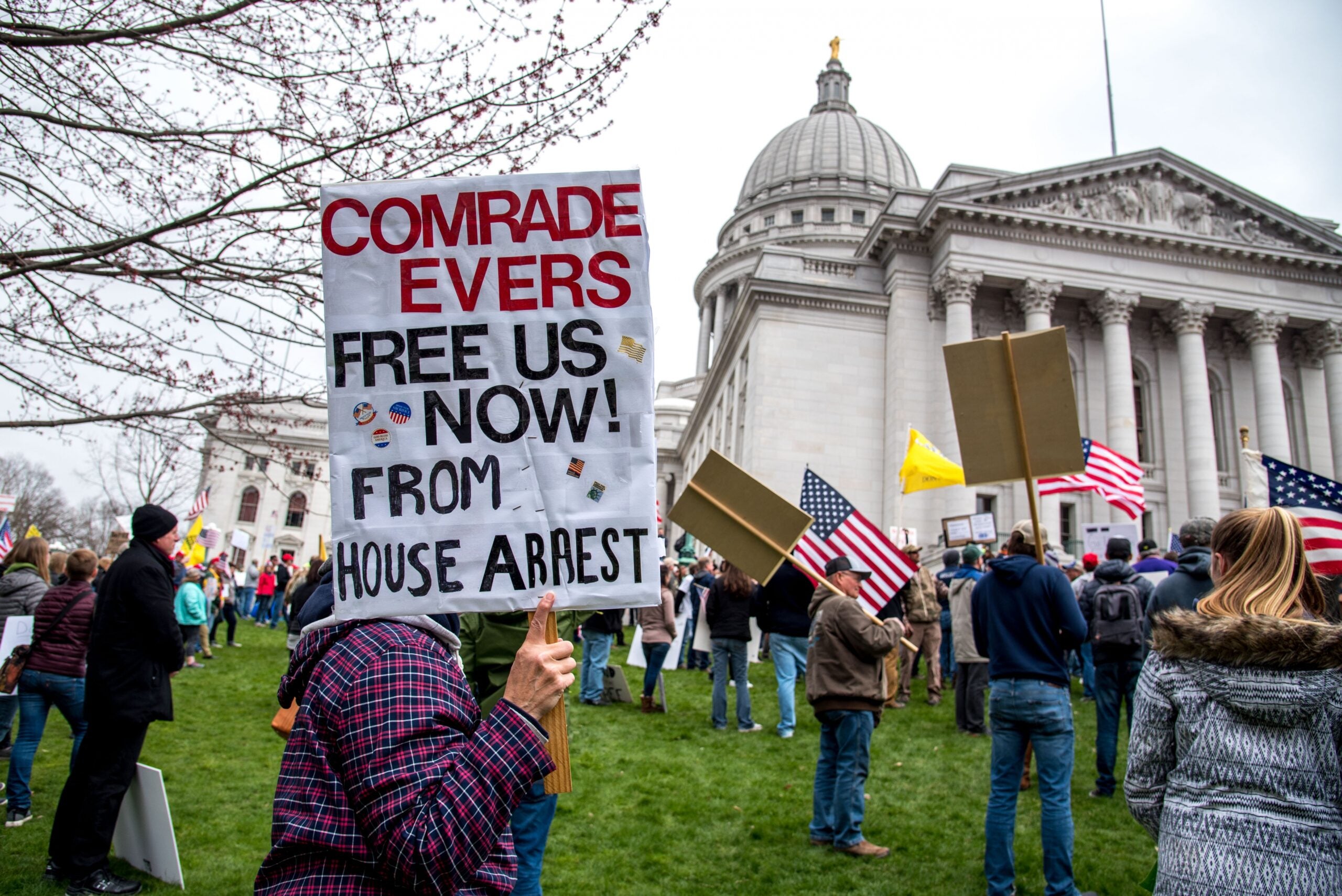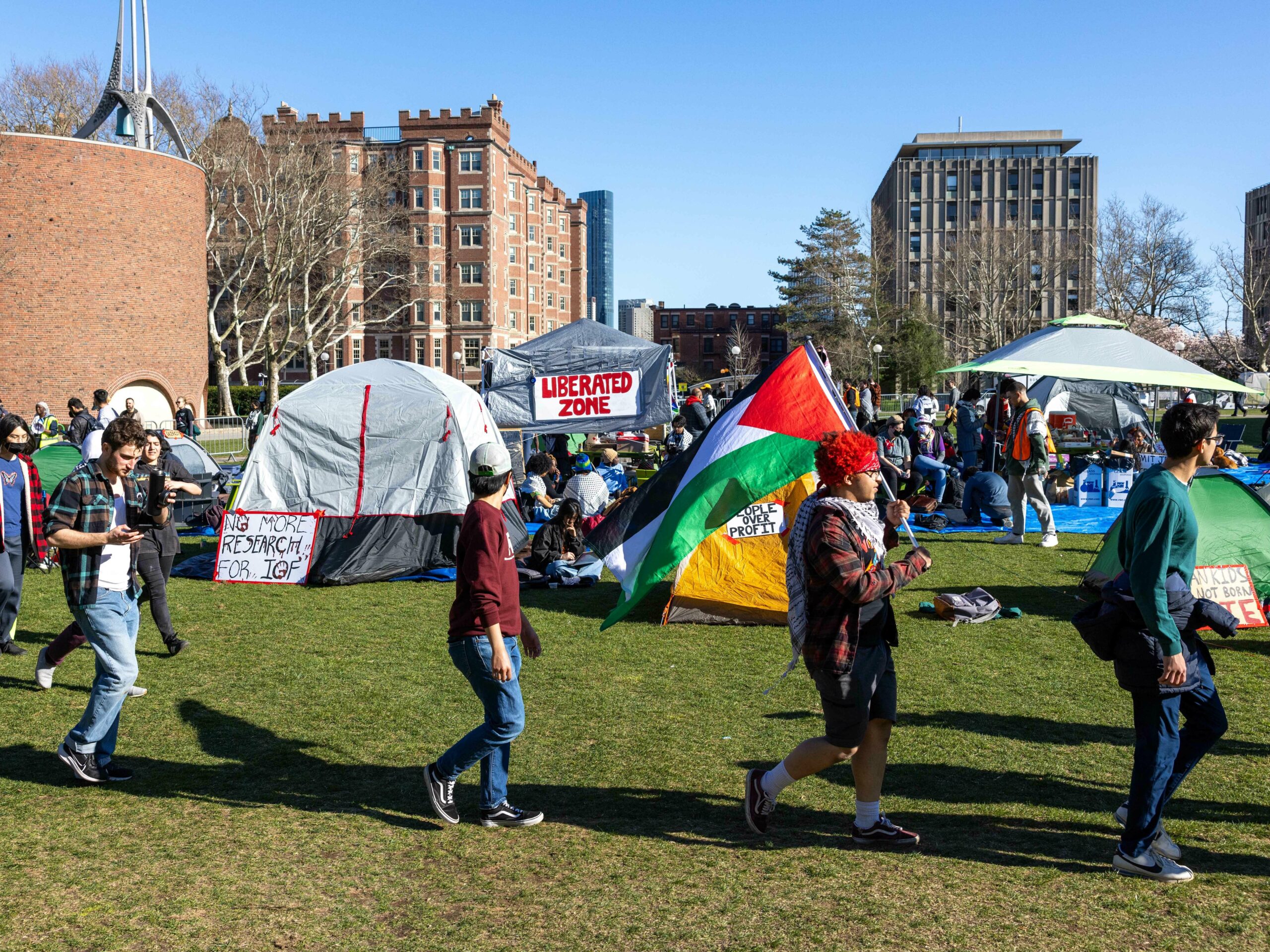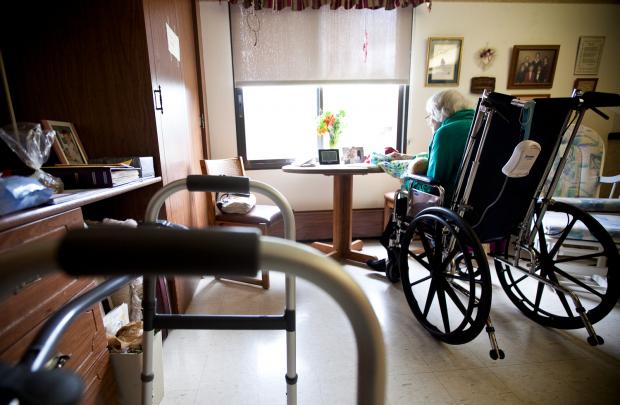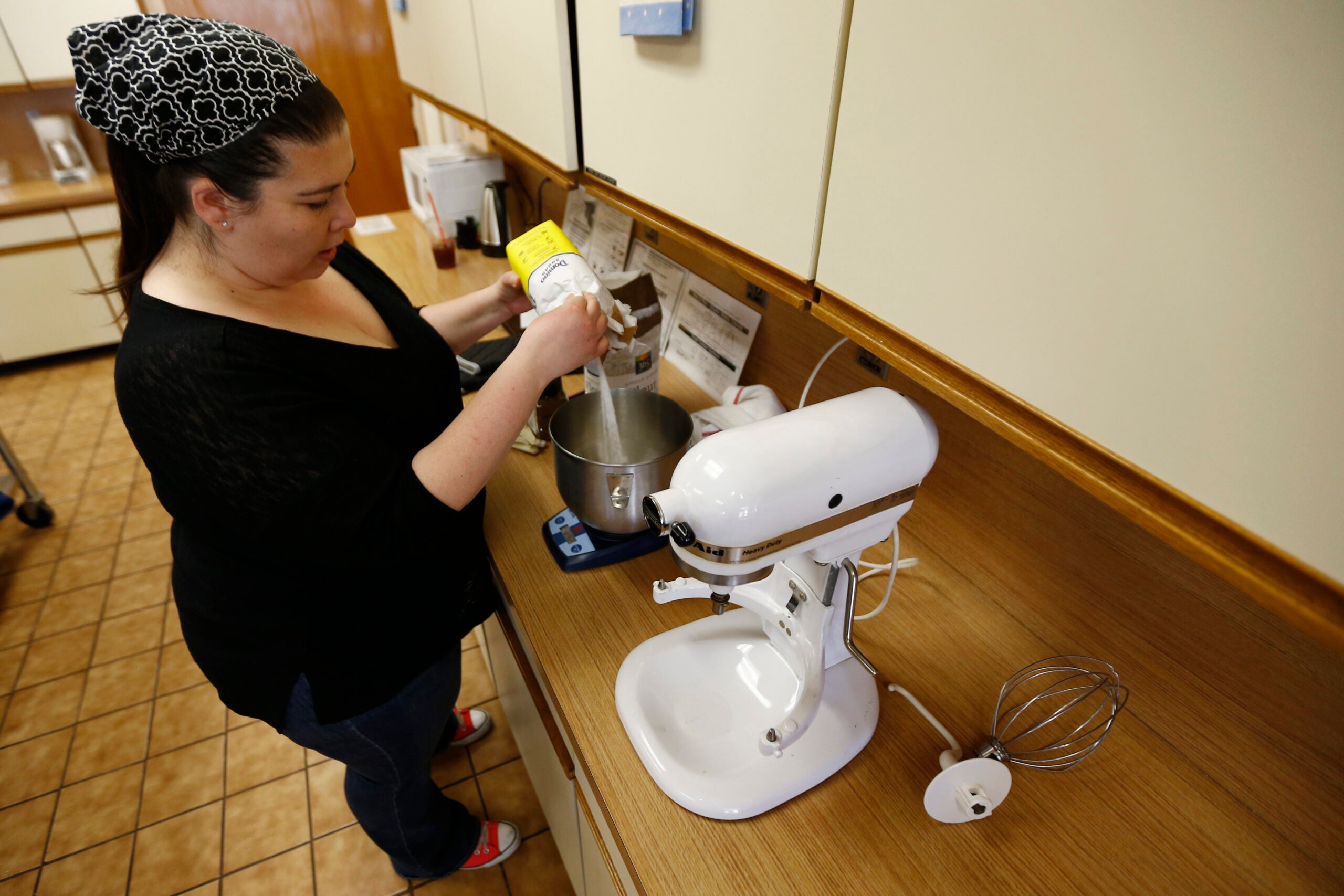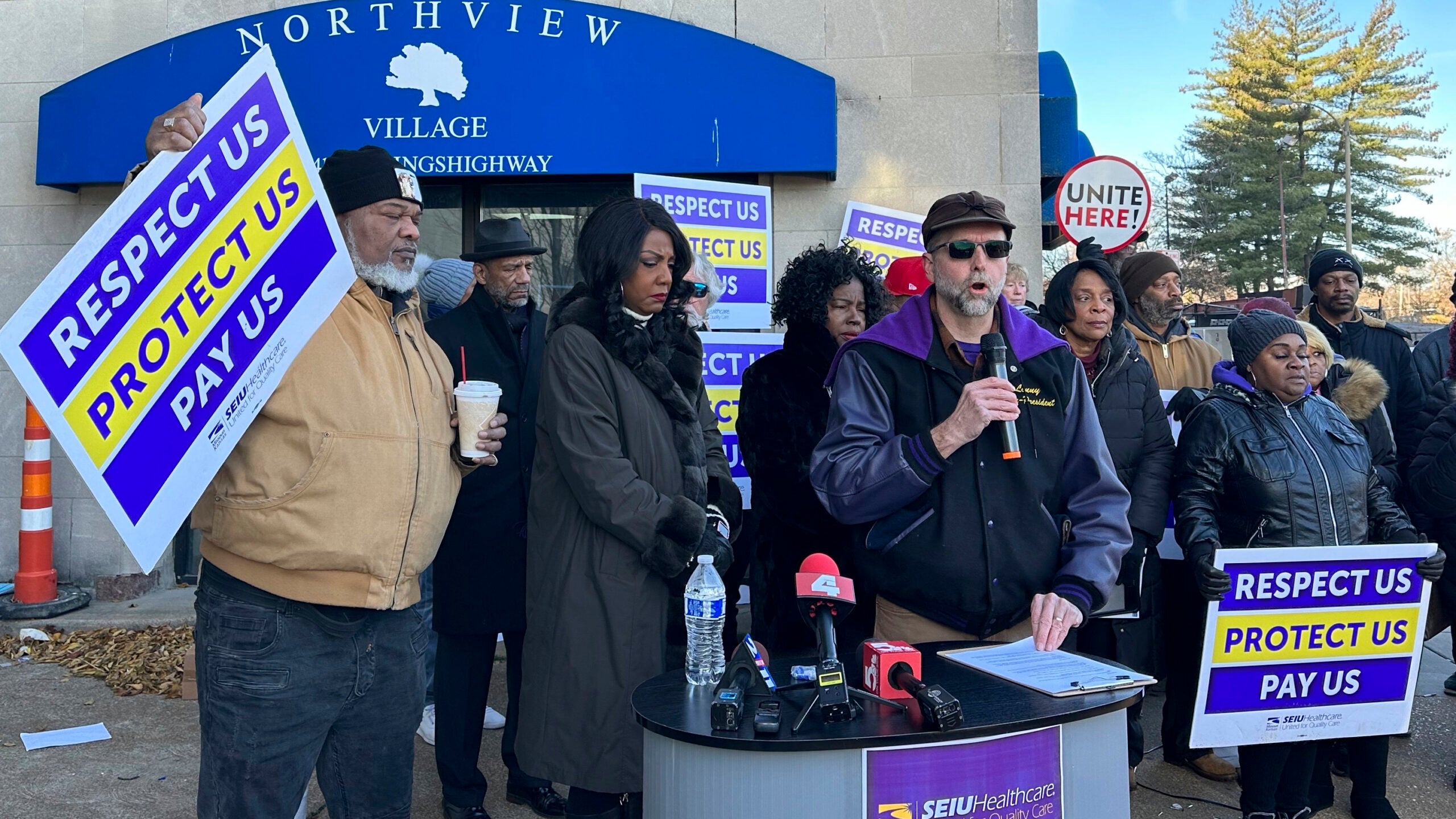On Friday, roughly 1,500 people gathered at the state Capitol to protest Wisconsin’s stay-at-home order, accusing Gov. Tony Evers of paralyzing the economy and violating personal freedoms.
Public health officials have repeatedly warned against large gatherings, but Friday’s protest was just the latest in a string of protests across the country pushing states to reopen shuttered businesses and ease restrictions on social interactions.
Malia Jones, a University of Wisconsin-Madison epidemiologist, called the event a “vehicle” for the disease to spread across the state.
Stay informed on the latest news
Sign up for WPR’s email newsletter.
“I am worried that rural places are going to have the disease introduced when they’ve been pretty much protected so far,” she said.
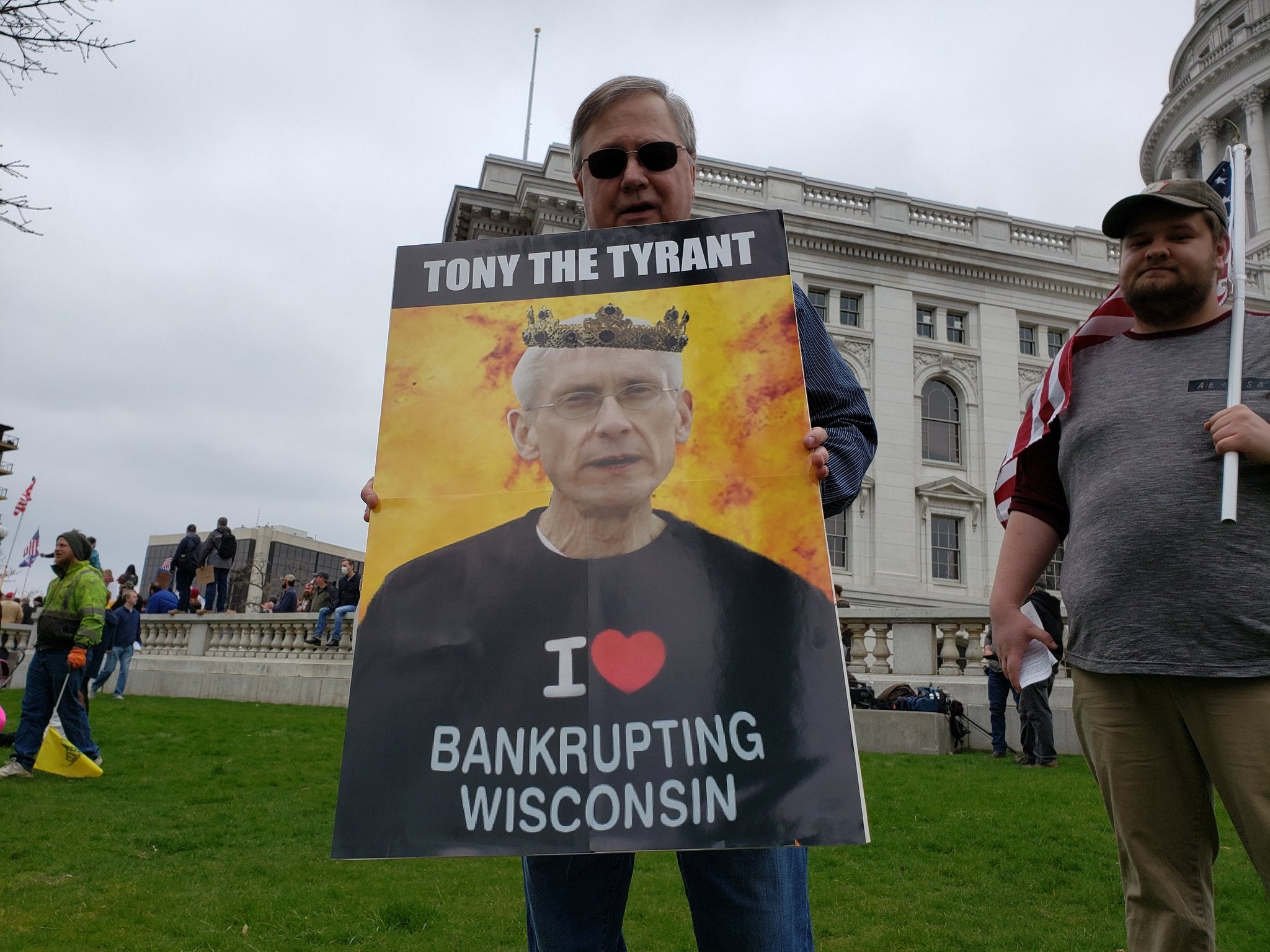
The event brought to head a growing push and pull states are grappling over: how and when to reopen the economy while protecting the public’s health during the COVID-19 pandemic.
Signs at the rally read, “Tony the Tyrant” and “Death is preferable to communism.” Yet the most recent Marquette University Law School poll on April 1 found 86 percent of Wisconsinites supported the state’s stay-at-home order, which was extended to May 26 earlier this month. An Associated Press-NORC Center for Public Affairs Research poll last week found only 12 percent of Americans think states’ shutdown measures go too far. Twenty-six percent believe the limits don’t go far enough.
While it’s impossible to say what the public health impacts from the protest will be at this point, viral spread can get out of hand incredibly fast, Jones said.
On average, one person with the virus spreads it to three other people, she said. But in large group environments, like rallies, researchers have seen much greater spread.
“If one person out of those 1,500 people had it and then coughed or sneezed around a bunch of other people and conservatively gave it to 10 others, then those 10 people would … give it to their family and anyone else that they come into contact with,” Jones said.
“I think it could easily spread within a week to 100 or more people just from one case being introduced,” she continued. “And that’s before we even notice anyone is sick.”
Yet here is a level of randomness to the models and predictions, Jones acknowledged. We don’t know whether anyone at the rally was infected with the virus, and it’s difficult to predict just how many people it would spread to, she said.
Though Jones suspects we’ll have an idea of what the public health implications of the rally are in the next week or two as progress is made in testing capacity and contract tracing, and symptoms begin to appear.
Looking back to the April 7 primary when thousands of Wisconsinites — many wearing protective gear — went to or worked the polls, there are at least 19 positive cases believed to be tied to the event, though that number is possibly higher because of a lack of testing.
Yet few in the rally’s crowd Friday wore the protective face coverings health officials advise people to wear while in public, and fewer abided by the social distancing guidelines of at least six feet.
Following those precautions doesn’t make a situation risk-free, but experts believe it helps.
“Exactly how much it reduces the risk, we don’t know yet,” Jones said. “And that’s why we’re all still being asked to stay at home, and not just wearing a mask and going to work.”
From a public health perspective, Jones — who said she has gotten pushback from her comments on the potential viral spread at the rally — said she would have felt better about the protest had more participants followed the safety guidelines.
“I really support people’s freedom of speech, and I understand that it’s very, very hard to do this social distancing thing,” she said. “A stay-at-home order is doing a lot of damage to people’s livelihoods, mine included. This idea that it’s like epidemiologist versus freedom of speech is really not how it is.”
Wisconsin Public Radio, © Copyright 2024, Board of Regents of the University of Wisconsin System and Wisconsin Educational Communications Board.

